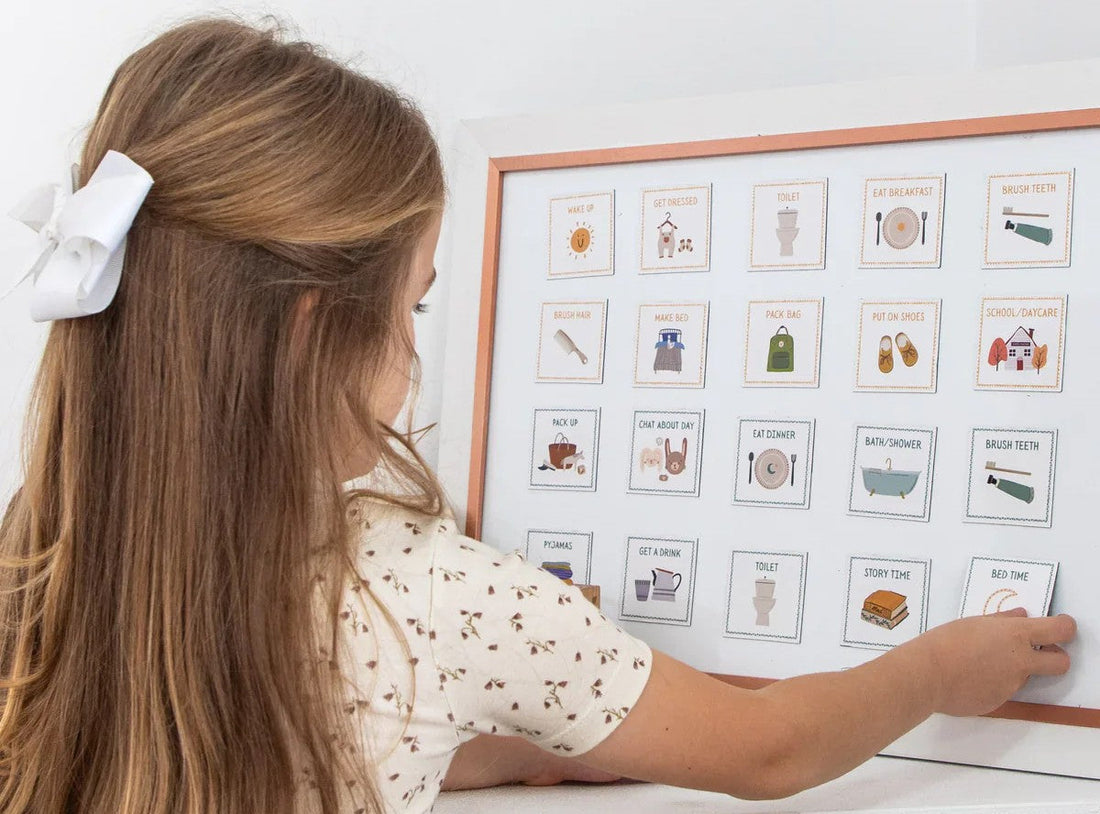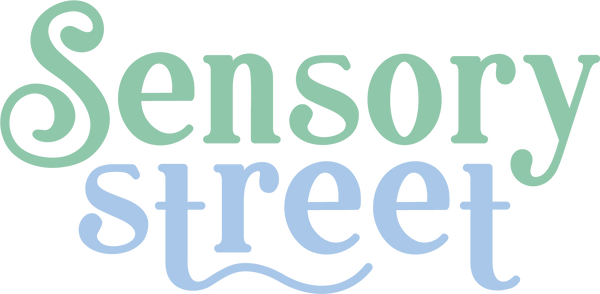
Helping Every Child Be Understood: Communication Tools for Non-Verbal and Anxious Kids
Share
For many children, communication doesn’t always come easily. Some are pre-verbal or non-verbal. Others may experience anxiety or sensory overload that makes it difficult to find the words they need—especially in busy or unfamiliar places like school, therapy sessions, or social outings.
At Sensory Street, we believe every child deserves the chance to be understood and to express themselves in a way that feels safe and achievable. Whether through pictures, gestures, visuals, or play, communication can take many forms—and with the right tools and support, children can thrive.
In this post, we’ll explore:
- Why communication support is so important for children who find verbal expression challenging
- Practical ways to encourage communication at home, in therapy, and at school
- Simple tools and visual supports that can make a big difference
Why Communication Support Matters
Communication is at the heart of connection. It’s how children share their feelings, ask for what they need, and build confidence in their own voices—whether that voice is spoken or shown through gestures, cards, or symbols.
When a child struggles to communicate, they may become frustrated, withdrawn, or anxious. Supporting communication helps:
- Reduce frustration and meltdowns by giving children an alternative way to express needs
- Build self-esteem and confidence in social interactions
- Strengthen relationships with parents, peers, and educators
- Promote independence and emotional regulation
Even small changes—like introducing visual aids, communication cards, or feelings charts—can help children express themselves and be better understood.
We have a range of products that can help - view them here: Communication Products
Supporting Communication at Home & School
Home is often the best place to start building confidence. It’s familiar, comfortable, and full of opportunities for communication in everyday routines.
Helpful tools for home:
- My Communication Book – a simple tool for children to express needs, wants, and emotions.
- Feelings Chart Visual Aid – ideal for helping children label and communicate their emotions.
- Emotion Story Stones – a fun, hands-on way to explore feelings through play and storytelling.
- Visual Communication Cards on a Lanyard – portable and easy to use around the home or at school.
These products help build everyday communication habits in a natural, low-pressure way.
Supporting Communication in Therapy
Therapists often use structured communication supports to help children develop language, social, and emotional skills. Visual resources can enhance these sessions by reinforcing spoken language, offering clear cues, and supporting consistency across settings.
Recommended products for therapy use:
- Visual Social Stories – ready-made stories to help children understand social events or routines.
- My Calm Choices Board – great for supporting self-regulation and giving children autonomy.
- GibGab Game by Fat Brain Toys – encourages turn-taking and word association, supporting both verbal and non-verbal interaction.
Building Confidence Through Connection
Supporting communication is about more than language—it’s about connection, understanding, and belonging. When children are given tools that help them express themselves, they feel seen, heard, and valued.
At Sensory Street, we’ve curated a range of communication products designed to make expression easier—at home, in therapy, and in the classroom. From visual cards and feelings charts to communication books and story stones, each resource is designed to help children find their voice in the way that suits them best.
If you’d like to explore our full range of communication supports, visit our Communication Collection on our website or come in to see us at our Ferntree Gully store. We’re always happy to help you choose the right tools for your child or client’s unique needs.


